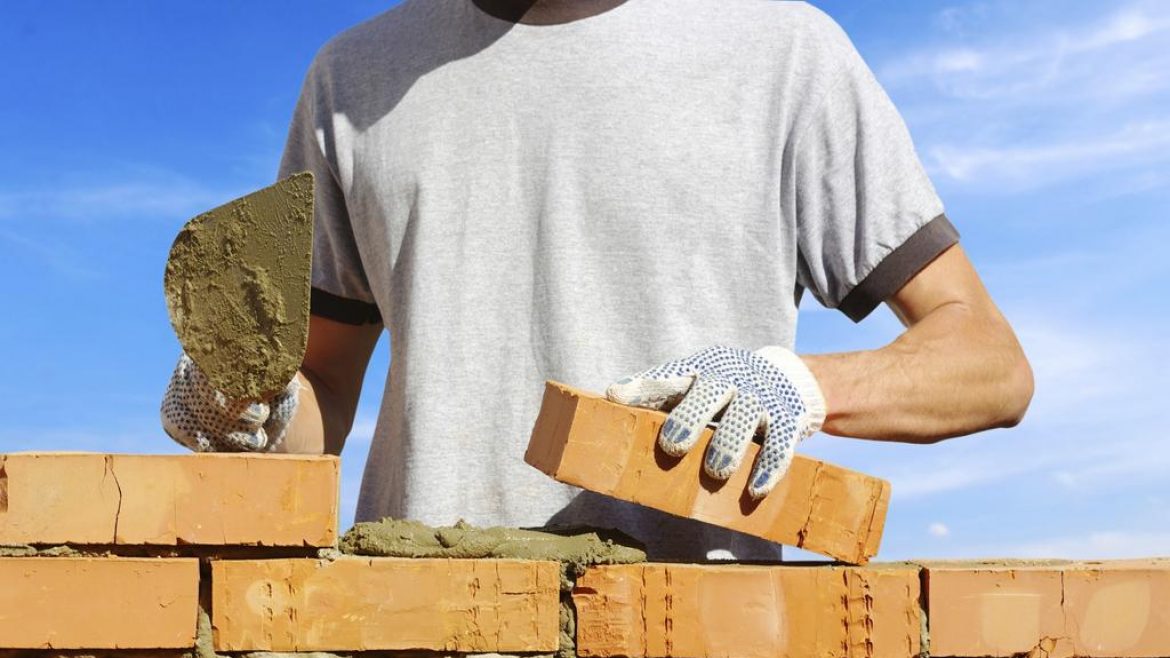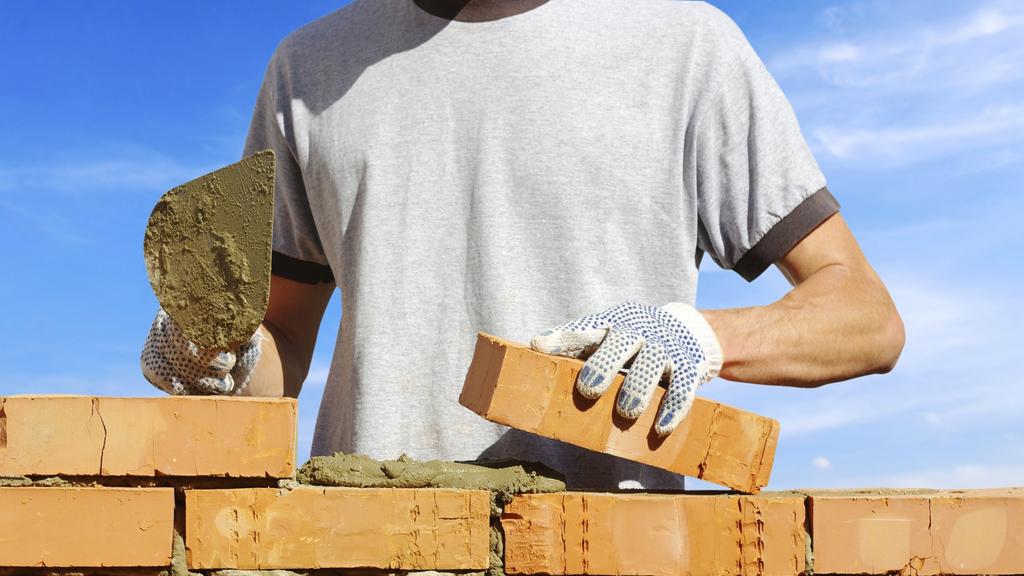
Brickies have been left off a list of skilled trades able to move between building sites.
Melbourne tradies could recoup losses from the city’s hard six-week lockdown before the end of November, new data shows.
But brickies hopping between construction sites around Melbourne are risking fines after being excluded from a list of specialist trades cleared to do so in a raft of amendments to building industry restrictions, released on the Business Victoria website this week.
Since 11.59pm last Friday large construction sites (above three storeys or more than 1500sq m floor size) have been capped at 25 per cent of their normal workforce, while smaller sites have been limited to just five workers at a time.
RELATED: Government outlines exemptions to keep construction going during lockdown
Tradies will abandon Victoria as building economy plunges over next two years
How to apply for $25K HomeBuilder grant, Victoria
The restrictions shut down home renovations, where safe to do so, and limit skilled trades working on new homes to moving between a maximum three sites per week.
They must also follow strict High Risk COVIDSafe Plans and wear enhanced personal protective equipment.
Electricians, plumbers, tilers, concreters, plasterers and carpenters have been included on a list of specialist trades allowed to move between up to three sites per week.
They are also allowed to make emergency repairs in homes, where there is a risk to health and safety for the residents.
Other specialists cleared to move between sites include crane operators, gold class riggers, welders, post tensioners, corkers, scaffolders, internal glaziers, asphalters, solar installers and security system installers.
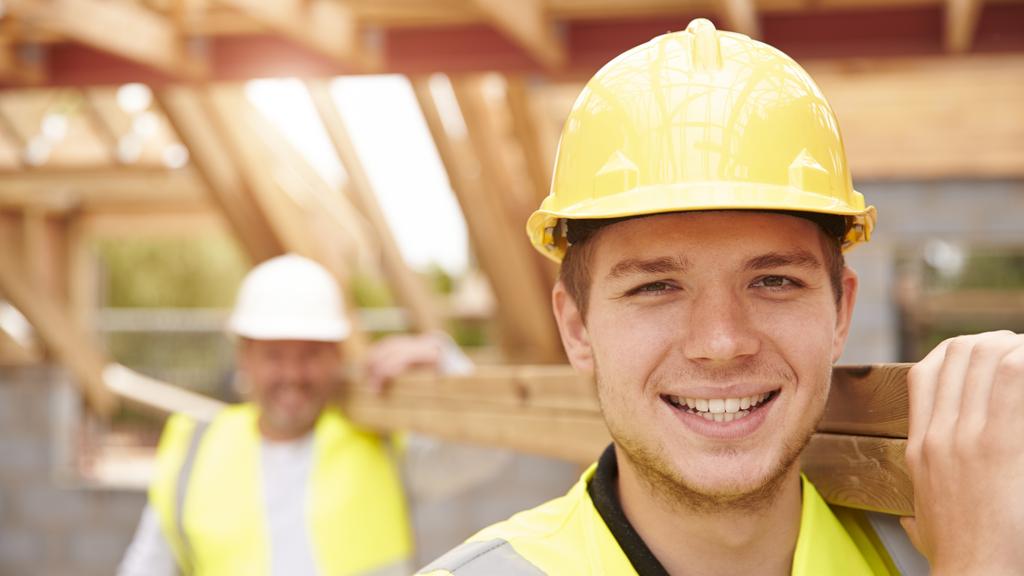
Apprentices are exempt from a carpooling ban.
Other changes this week include allowing apprentices’ parents and housemates to drive them to work, and exempting them from the carpooling ban if they have no other way to travel.
Urban Development Institute of Australia Victorian chief executive Danni Hunter said it was welcome news for those learning a trade.
“We support the clarification for apprentices, which will help keep young people in work, and businesses engaged with their employees through stage four restrictions.”
However, National Bricklayers Association secretary Don Mackenzie said few brickies would be aware they had not been classed as a specialist trade, and limiting their movement risked bringing the industry to a “stalemate”.
“Most bricklayers wouldn’t know they are in that group that has been ostracised,” Mr Mackenzie said.
“They are one of the most important parts. And I can’t see any reason why you wouldn’t include a bricklayer (as a skilled trade).”
Brickies typically move between two or three sites a week.
“All the other trades follow in behind bricks and concrete,” Mr Mackenzie said.
However tradies seeing less work at the moment might be able to take heart from contact tracing software used in New Zealand that has shown their industry bounced back immediately after an even harder lockdown.
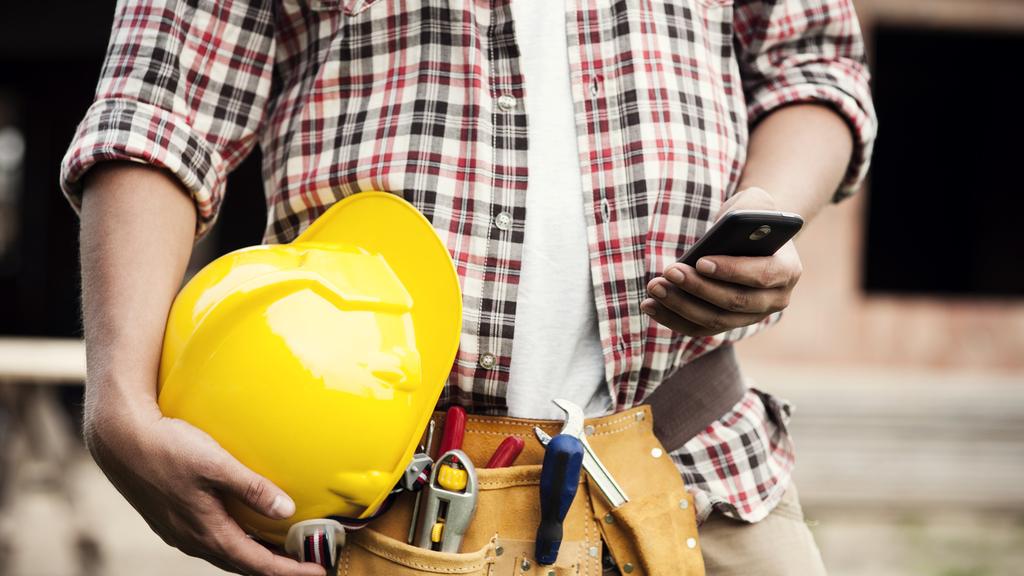
The construction industry has been managing widespread contact tracing.
Fergus Software chief executive David Holmes said while a four-week lockdown in our near neighbour had caused a 46 per cent plunge in jobs created, the numbers were recovered and jumped an extra 21 per cent in the month following.
Fergus is typically used by smaller builders responsible for new home construction, rather than major projects, and in the first week of Melbourne’s latest lockdown a 14 per cent reduction in jobs created for tradies was recorded.
The figure rose to 32 per cent in the first two days of this week.
Despite this, Mr Holmes estimated Melbourne tradies would catch up with the lost work in approximately 10 weeks after the lockdown finished, potentially before the end of November.
“If it happens the way it did in New Zealand, that will happen, and there’s early signs the two are very similar,” Mr Holmes said.
He said tradies working at reduced levels now should be using the time to deal with admin and to line up work for the future so they could hit the ground running and spend more time on the tools after the lockdown.
It was also important employers used JobKeeper to keep staff connected so they could respond rapidly after the lockdown.
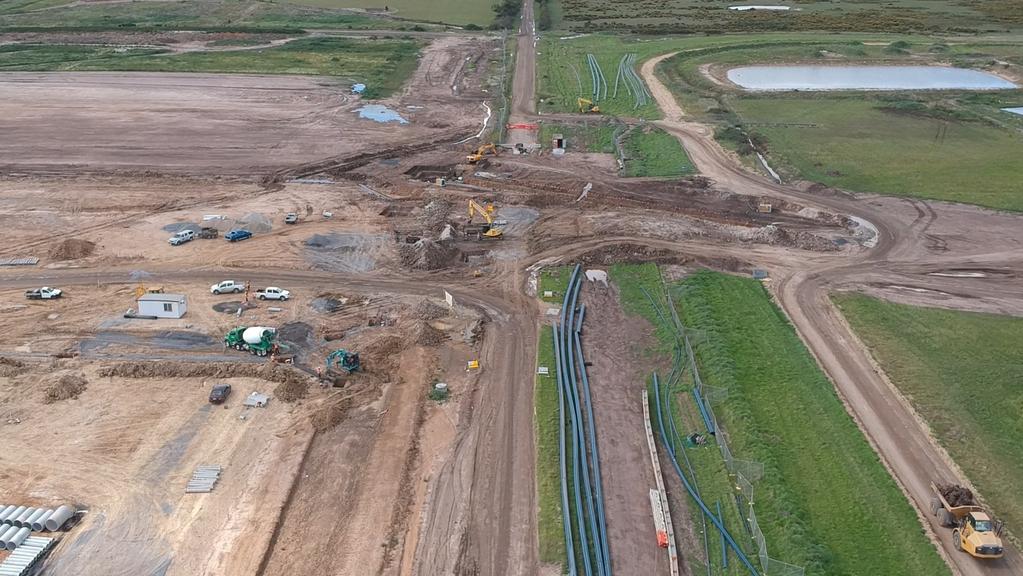
There have also been tweaks to works establishing land lots at new housing estates.
Further clarifications released on the Business Victoria website this week capped early-stage land preparation at new housing estates to 10 workers a hectare and barred solar installations at inhabited homes.
They confirmed renovations must cease at inhabited homes, as must work on decks, pergolas and landscaping.
However, it has been clarified that concrete truck drivers and other suppliers that travel to sites are not counted under worker caps.
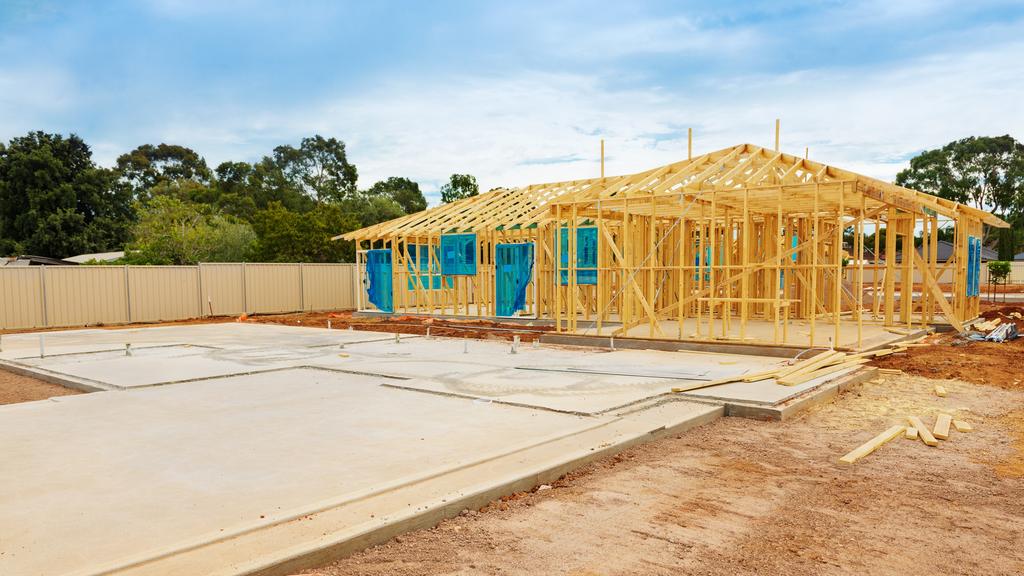
Not all trades have been given the clearance to move between building sites.
Master Builders Association of Victoria boss Rebecca Casson said the amendments followed further industry discussion with the government and “clear up a range of matters”.
“Ultimately, our members want to do the right thing to reduce transmission, just like they’ve done since March with many proactive measures that have kept transmission rates at a fraction of the community average,” Ms Casson said.
“We imagine the ‘frequently asked questions’ will be updated continually as our industry works with the government on further questions that crop up in each unique circumstance.”
MORE: Steadfield Melton South selling houses at half Melbourne median
Coronavirus: Regional Victoria property markets hit by ban on Melbourne buyers
Albert Fields: Developer asks Brunswick locals to help design
The post Melbourne construction industry stage four guidelines updated appeared first on realestate.com.au.

